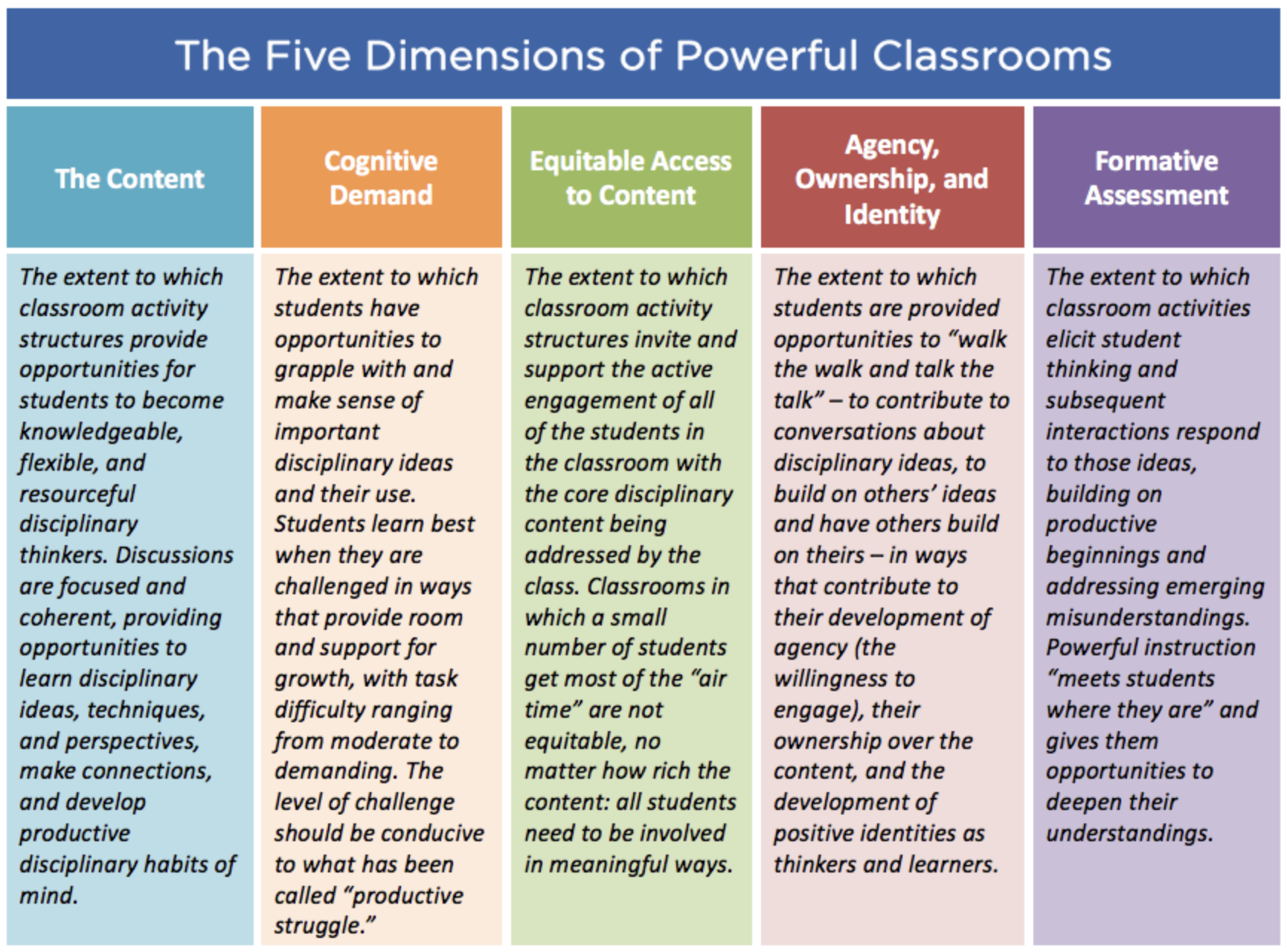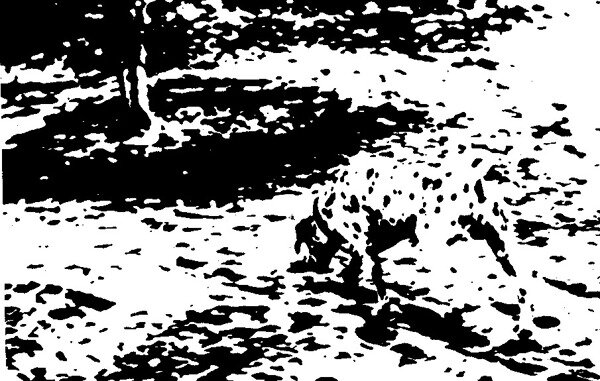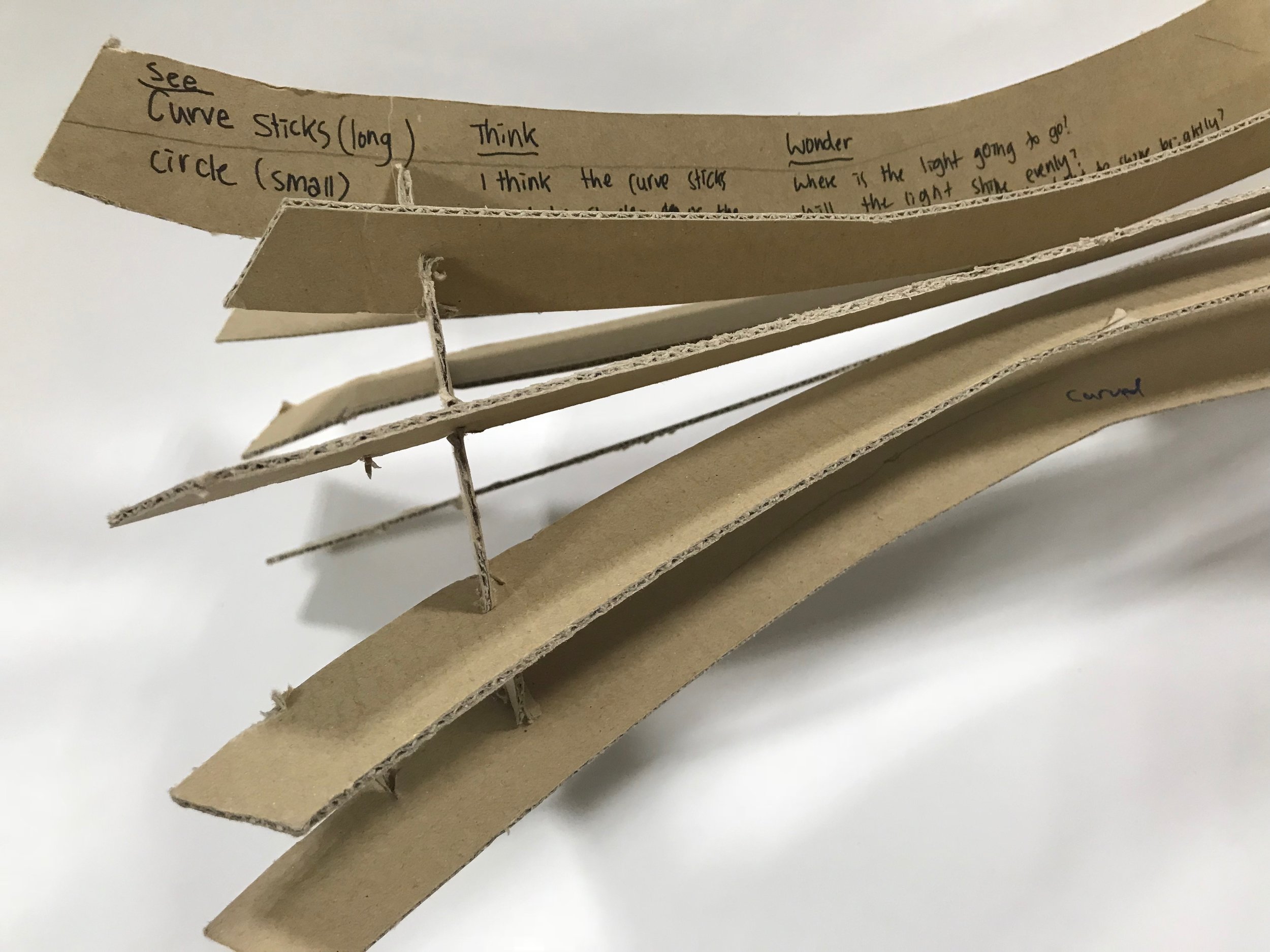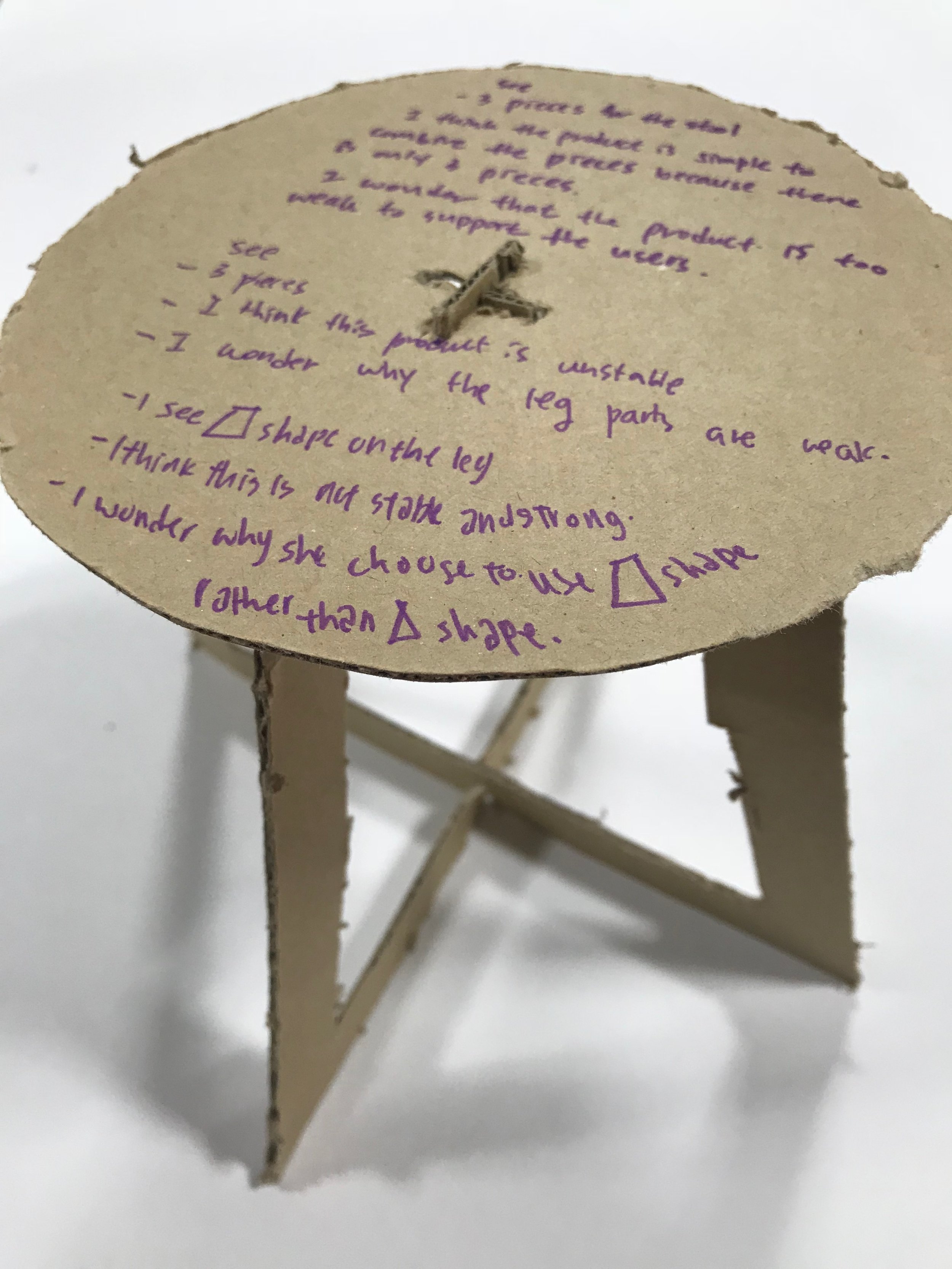...the AI tool becomes integrated into the learning experience, creating a more holistic and effective learning experience, combining the strengths of human-led instruction with the capabilities of AI to support active learning, retrieval practice, and direct instruction.
Read MoreThe 5 dimensions of an empathetic design-thinking classroom
As part of my work in the HGSE Instructional Leadership course, we’ve been looking at the the characteristics of powerful learning environments. Design education provides so many interesting opportunities to explore, differentiate, and create learning environments that are authentic, rigorous, and engaging on so many levels. Our task was to articulate the elements of an empathetic classroom.
I’ve built my framework around the five perspectives of the TRU framework. This framework identifies five dimensions of empathetic classrooms:
I found that it aligned with much of my own perspective and philosophy - But needed more in order to make it applicable to my context as a design educator. I decided to connect to each perspective one of the Designerly Ways of Knowing, by design education researcher Nigel Cross. This is an influential work that has framed many of my approaches to design education. I found that as I started to think deeper about the TRU perspectives, that extending them actually aligned with Cross's ideas about design education.
In the MIRO board below, these as well as added some resources, if you're interested.
Reflecting on Designerly Ways of Knowing
The solution is not simply lying there among the data, like the dog among the spots in the well known perceptual puzzle; it has to be actively constructed by the designers own efforts.
Read MoreResearch for Designers: Using NoodleTools to scaffold inquiry
Research has taken on an important role in design, especially as we direct our students to undertake user centered design (UCD) approaches to their inquiry. Part of our approach in MYP Design incorporates tools such as NoodleTools to plan and organize research, and the user—task–environment framework for analyzing design opportunities. Together, these two tools help students organize their research, identify connections, and synthesize new understandings.
Below you can find a short workshop that I presented to faculty that outlines how we use NoodleTools to develop and support research skills (ATLs) in a design inquiry. You can see an example of that is incorporated as task-specific instruction here.
We are using Noodletools to scaffold the research process for students. After they have identified a source and created an MLA citation, we guide them in using the NoteCard feature to move their thinking from low-order (identifying) to high order (synthesis).
Exploring and extrapolating form
In this unit, students are investigating open source design and flat pack technology using CAD CAM technologies. At the beginning of the unit, we wanted to develop an understanding of what a flat pack design is, and how designers develop products using innovative methods for assembly. Developing a critical eye for how a product has been manufactured is an essential skill for a designer. Examining the individual components of a product and how they combine to create the complete form, can provide opportunities for innovation and exploration.
Our first goal was to look at different designs and consider their manufacture. Using a parts-purposes-complexities thinking routine, students explored different products. The challenge, though, was to extrapolate from a single photograph the components of the design. They did this through discussion, brainstorming, and sketching. Lots of debate, speculation, and sketching took place at this stage as they worked together to understand the design from limited information. The focus shifted to looking carefully at the product and considering how the various pieces were assembled, how joints were made, and elements of scale and proportion.
Next, the designs were transferred to corrugated board with the goal of optimizing the use of a single sheet of material. Here the focus had shifted to figuring out ways create the parts. After cutting, they assembled the parts for peer critique.
At the critiquing stage, the focus was on looking at how the design was assembled, and how it could be improved or modified. Using a see-think-wonder, students wrote feedback on the designs, making explicit reference to the different parts and components, and considering how the design was assembled. Throughout, the goal was to look critically and carefully at the assembled design, analyze its composition, and evaluate future iterations.
Developing an understanding of form and how pieces are connected and combined to create complex forms is an aspect of spatial visualization we have identified as an area of development in our students. Practice, application, and reflection will develop this skill and see it applied in future projects.

















